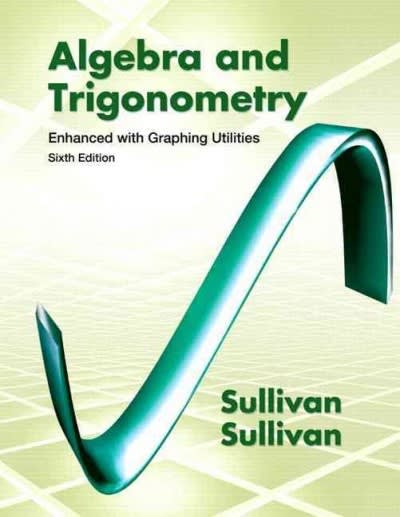Question
The crew of a roughly cylindrical spaceship is loading a section of the ship, with radius 2m. At times, the spaceship will spin along the
The crew of a roughly cylindrical spaceship is loading a section of the ship, with radius 2m. At times, the spaceship will spin along the cylindrical axis.
A bulkhead extends across the ship, perpendicular to the cylindrical axis. The load must be secured to the bulkhead, and there are operational constraints on the distribution of mass.
The load consists of
? a circular plate of radius 1m. It is in a fixed position, flat against the bulkhead and just touching the outer wall of the ship. It has variable density given by ?(r) = (?0)r kg/m^2 , where r is the distance to the cylindrical axis, and ?0 is a dimensionless constant.
? two small, extremely dense pieces of metal, each of which has mass 3(?0)kg. Because they are so dense, we will treat them as point masses. These may be secured in any position on the bulkhead.
We can find the moment of inertia for a flat body R of density ?, perpendicular to the z axis, rotating around the z axis using


Step by Step Solution
There are 3 Steps involved in it
Step: 1

Get Instant Access to Expert-Tailored Solutions
See step-by-step solutions with expert insights and AI powered tools for academic success
Step: 2

Step: 3

Ace Your Homework with AI
Get the answers you need in no time with our AI-driven, step-by-step assistance
Get Started


